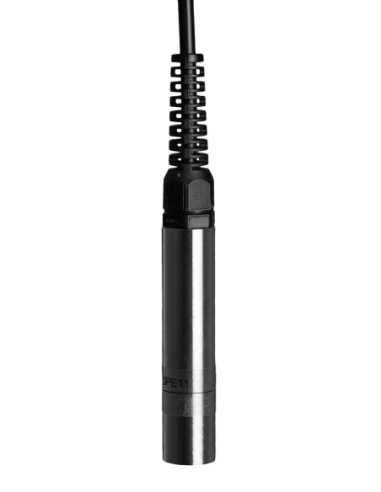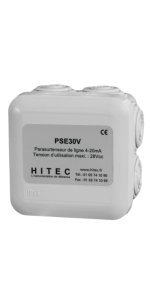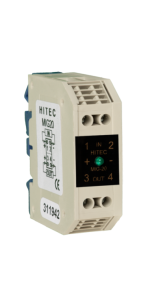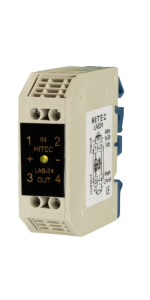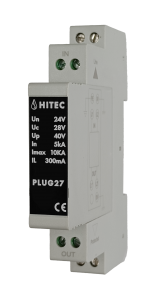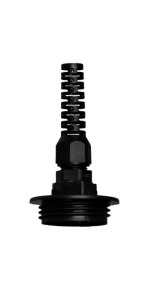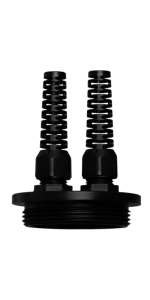DPE11
On/off detector for water presence in hydrocarbon
Principle:
Immerse the sensor flat at the bottom of the tank. Water detection is achieved by measuring electrical conductivity between an electrode and the sensor body. (Fuel oil is significantly less conductive than water.) The signal output is normally maintained at its low level. When the conductivity is sufficiently high (presence of water), the signal output voltage switches to its high level.
Mechanical characteristics:
| Body and electrode: | 316L stainless steel |
| Cable: | FEP |
| Tube dimensions: | Ø 21.5 mm L: 90 mm |
Electrical characteristics:
| Power supply: |
9 to 24 Vdc (between white wire + and braid - common) |
| Signal output (max current): | 20 mA @ 24Vdc, 40 mA @ 12Vdc |
| Signal output (voltage): | Between blue wire (signal) and braid (common) High level: SUPPLY+ via 10kOhm pull-up resistor Low level: 0.5V typ. + 10 Ohm x current |
| Transistor: | N-channel MOSFET (ON resistance: 5 Ohm typ.), NPN type |
| Current protection: | Internal 40 mA self-resetting fuse |
Accessories




